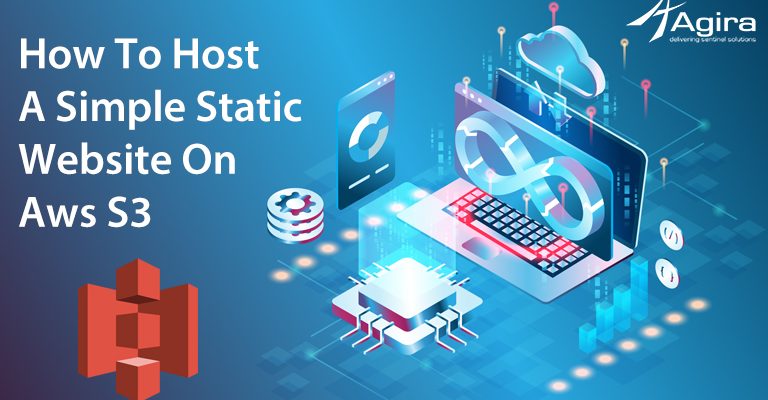Is your company switching from on-site computing to multi-cloud, hybrid cloud, or both? If yes, you will be focusing on the single most important technological transition that your organization will face over the next decade.
If you’re trying to transfer a particular workload or close down the entire data center, the transition is complicated and difficult. Effective cloud implementation dictates a razor-sharp emphasis and a thorough roadmap, as a single misstep can be expensive and time-consuming.
Here is the list of five best practices to follow to maximize your chances of success.
1. Get ready for cloud-first commitment
Cloud-first dedication ensures that all the software can be in the cloud – either in the public cloud or on-site in a private cloud. For example, many companies transfer all their software to the public cloud unless there is a valid excuse to continue on the premises. Due to cost, security, or governance issues, specific software or data might need to remain on site. Setting up a private cloud that interacts seamlessly with the public cloud is the better choice. Either way, you need to prioritize a cloud-first approach to enjoy the full value of your public cloud or private cloud on-site. The Cloud-First Approach means that the company devotes the required capital needed to make the necessary improvements.
2. Understand your existing cloud infrastructure
It seems like a no-brainer to grasp the economy of public cloud adoption. However, more than 50 percent of businesses do not take the time to evaluate the business case for switching to the public cloud, presumably because they “already know” that’s a positive idea. However, the company is gaining useful insights by creating a business case to enhance its understanding of the cloud economy.
The public cloud economy is collapsing into two different buckets. The first is the Total Cost of Ownership (TCO) study, along with hard cost reduction – the like-for-like substitution of on-site cloud providers. Look at the entire kit, not just server-for-server parallels, when evaluating the existing costs.
The second bucket of cloud economy contains mobility and other soft advantages. For eg, what is the value of providing a highly scalable, agile infrastructure? What is the financial effect of reducing the delivery periods from months to hours? How do you calculate the productivity impact?
3. Set up the integration properly
Cloud environments such as AWS, Azure, and Google are not fully backward compliant. You’re not going to be able to transfer all the software to these clouds. Depending on the importance of these apps, you would need a hybrid cloud network where the public cloud service links to a private cloud via complex infrastructure.
With good integration of the public and private clouds, the two separate systems will fit well together. The issues of hybrid cloud networks concern both latency and the amount of data distributed across the network.
4. Security Assessment
The Cloud Protection Alliance (CSA) is the world’s leading organisation committed to the definition and awareness-raising of best practises to help maintain a safe cloud computing environment. The CSA Cloud Controls Matrix (CCM) acts as the baseline for cloud infrastructure control objects in the enterprise.
Repeatable patterns of reference architectures form the foundation for assessing security and governance weaknesses in the cloud programme. Doing a security and governance gap appraisal involves looking at your management priorities against a known model, such as the CSA matrix, and reporting the holes in the controls against agreed best practises.
5. Plan for Continuous governance
Consumption-based, cloud models need a new level of governance, as legacy change controls are too sluggish. Instead, you need consistent enforcement in the form of software that continuously tracks your environment and manages the consumption and utilisation of cloud resources.
Continuous governance is a blend of security, risk, compliance and financial controls that are applied using software. And like most programme controls, handling profiles is where you achieve the greatest value in the form of reliable, repeatable outputs with less errors.
Following these five best practises, you will launch on the road to a good cloud transition that blends well with your private climate. But note, it’s hard to handle this transition effectively. Before launching the overall cloud platform, make sure you’ve put together a team with the expertise, resources, and processes required to make a good change.
For more information on a seamless transition to hybrid cloud or multi-cloud systems, get in contact with Agira technology cloud experts.
Talk To Us
Get end-to-end web application development solutions for an unparalleled back-end and front-end experience. With our top-of-the-line technology expertise, We have been entitled to prestigious titles and awards as the best software development company that caters to industries and clients worldwide.








